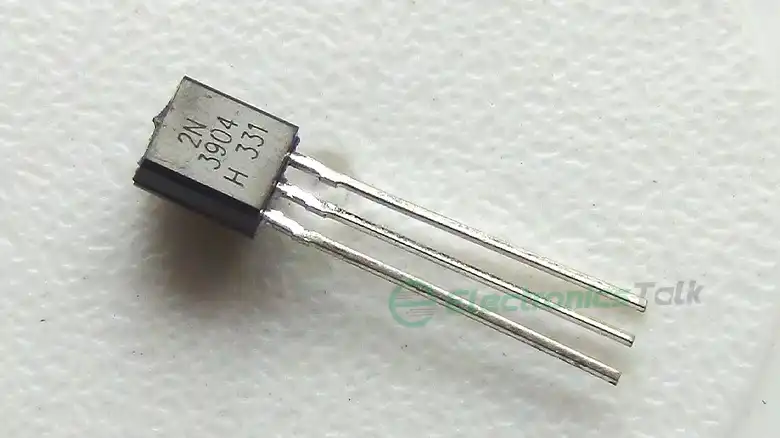What Is The HFE Of 2n3904? A Complete Explanation
Hybrid Parameter Forward Current Gain, or HFE, emerges as a pivotal metric, particularly in the scrutiny of transistor characteristics. This article aims to unravel the intricacies of HFE within the context of the widely employed 2N3904 transistor.

What Is HFE?
HFE, denoting Hybrid Parameter Forward Current Gain, is a fundamental aspect of transistor analysis. It quantifies the device’s ability to amplify small-signal currents, serving as a cornerstone in the transistor’s small-signal model.
Significance in Transistor Analysis
When approaching the small-signal analysis of transistors, HFE encapsulates critical insights into the amplification capabilities, establishing its relevance in the scrutiny of transistor characteristics.
2N3904 Transistor
The 2N3904, an NPN bipolar junction transistor, boasts distinctive characteristics that render it ubiquitous in electronic designs. A comprehensive examination of its specifications lays the foundation for understanding its small-signal behavior.

Figure: Off Characteristics of 2N3904.

Figure: ON Characteristics of 2N3904.
HFE in 2N3904 Transistor
In this part, we will understand the HFE in 2N3904.
Mathematical Representation:
The datasheet of the 2N3904 provides a mathematical representation of HFE, often presented as the ratio of output current to input current in the small-signal regime. This equation encapsulates the transistor’s amplification prowess.
Impact on Small-signal Amplification:
HFE values become imperative as they directly influence the small-signal amplification characteristics of the 2N3904. The amplification factor determines the extent to which small input signals are magnified.
Techniques for Accurate Measurement
Accurate measurement of HFE necessitates advanced techniques, with transistor parameter analyzers offering precision in capturing the intricate details of the transistor’s small-signal behavior.
Utilizing Transistor Parameter Analyzers
Sophisticated tools, such as transistor parameter analyzers, provide a comprehensive analysis of HFE, aiding engineers in making informed decisions during the design and testing phases.
Factors Influencing HFE
There are some factors that affect HFE in the 2N3904.
Thermal Effects:
Temperature variations exert a pronounced influence on HFE values. Analyzing the thermal characteristics of the 2N3904 is crucial for predicting its behavior across a range of operating conditions.
Manufacturing Tolerances and Variations:
Inherent variations in the manufacturing process introduce tolerances that impact HFE. A meticulous examination of these variations is indispensable for selecting transistors with desired characteristics.
Common HFE Issues
HFE mismatch in transistors can lead to distortion in small-signal amplification, causing deviations from the intended signal waveform. Beyond individual transistor behavior, HFE issues can compromise the overall linearity of the circuit, affecting the fidelity of the amplified signal.
Commonly Asked Questions
How does temperature affect HFE values?
Temperature variations influence the conductivity of semiconductor materials, resulting in changes in HFE values. Thorough thermal analysis is crucial for predicting transistor behavior across diverse operating conditions.
What tools are recommended for accurate HFE measurement?
Transistor parameter analyzers are sophisticated tools that provide precise measurements of HFE, aiding in in-depth transistor analysis.
Conclusion
In the intricate landscape of electronic design, HFE emerges as a beacon guiding engineers through the complexities of transistor analysis. The 2N3904 transistor, with its distinctive characteristics, exemplifies the profound impact of HFE on small-signal amplification.
